|
Read: Psalm 46 (www.biblestudytools.com/nrs/psalms/46.html)
Sing: Onward, Christian Soldiers, UMH 575 Like “an aircraft-carrier moored to the western cliffs of the Dead Sea” (Jerome Murphy-O’Connor) the palace/fortress of Masada floats on the eastern fringe of the Judean Desert between En Gedi and Sodom. A National Park and UNESCO World Heritage Site, this warship of the desert is topped by the ruins of Herod the Great’s luxurious residential palace on the north-facing prow. Elaborately designed and decorated, Herod’s palace cascaded in three tiers down the cliff face, each tier connected to the level below by a rock-cut staircase. On the western side of the warship’s 1,800 feet by 900 feet deck are the remains of Herod’s ceremonial palace and administrative center. The largest building on Masada, it covered nearly 54,000 square feet. Herod’s creature comforts included bathhouses and a swimming pool. The most elaborate bathhouse had a hot-room with the floor suspended on low pillars. Hot air from a furnace was circulated under the floor and through clay pipes in the walls. To supply water in this arid setting, a sophisticated system channeled winter rainfall from nearby wadis into huge cisterns quarried low into the northwest of the mountain. Water was then carried by men and beasts of burden up winding paths to reservoirs on the summit. The lower cisterns alone are estimated to have a capacity of over ten million gallons. Herod planned Masada as a palace stronghold and desert foxhole, and fortified it with walls, gates, and towers. He wanted a place of refuge in case the Jews should rebel against him, or the Egyptian pharaoh Cleopatra (who coveted Judea) should try to have him killed. Before Herod the Hasmonean’s had used Masada as a fortress and after Herod the Romans stationed a garrison here. One of the first events of the Great Revolt of the Jews against the Romans was the conquest of Masada by the Sicarii in 66 AD. The last of the rebels fled to Masada after the destruction of Jerusalem in 70 AD and joined those already at the fortress under the command of Eleazar Ben Yair. In 73 or 74 AD the Roman Tenth Legion Fretensis laid siege to the mountain-top fortress. The legion, consisting of 8,000 troops built eight camps around the base, a siege wall, and a ramp made of earth and wooden supports to the west. Captive Jews brought water and food to the troops, apparently from En Gedi. After a siege of a few months the Romans pushed a siege tower with a battering ram to the top of their ramp and broke through the rebels’ fortifications. They found that of the 960 rebels all but two women and five children had been killed or killed themselves. The Romans kept a force stationed here for another twenty-five or thirty years. After that Masada was left to the desert before a monastery of hermits was founded here in the 5th century. Two hundred years later the rise of Islam apparently led to the end of the monastery. Masada faded into history for over a thousand years until scholars identified the site in 1838. Some explorations occurred over the next one hundred years and then major archeological work began in the 1950s. Masada National Park opened in 1966 and the first cable car was built in 1971. Conservation and restoration work continues today. The complexity and luxury of Herod’s fortress/palace is overwhelming. The engineering is every bit as impressive as what was done at Herodium and on the Temple Mount. The work that the Romans did to breach this fortress is also extremely impressive. I would like to come back some time and watch the sound and light show they do on the west side of the mountain during the summer months. One of the great advantages to visiting Israel in the winter is how comfortable it was here at Masada and down at Dead Sea shore.
0 Comments
Read: Psalm 119:105-112 (www.biblestudytools.com/nrs/psalms/119.html) Sing: Wonderful Words of Life, UMH 600 In the foothills on the northwestern shore of the Dead Sea a Bedouin goat and sheep-herder by the name of Mohammed Ahmed el-Hamed threw a rock into a cave in an attempt to drive out a missing animal. The sound of breaking pottery drew him into the cave, where he found seven clay jars containing scrolls that had been wrapped in linen for nearly two thousand years. This happened in 1946. Eventually parts of about 850 scrolls were found in eleven different caves in the area. These ancient manuscripts were in various states of decay and completeness. Only a few were intact, the largest being more than twenty-five feet long. Most were written in Hebrew, some in Aramaic, and a few in Greek. Most were on parchment, with a few on papyrus. Their preservation had been aided by the hot, dry climate. The Dead Sea Scrolls include at least fragments of every book of the Old Testament except the book of Esther. They are the oldest existing copies of the Old Testament and they generally confirm the accuracy of later manuscripts. The non-Biblical scrolls give a new insight into the Jewish society in which Christianity began. The prevailing view is that the scrolls were written or copied by a devout group of Essenes, a strict Jewish sect formed in reaction to what they saw as the religious laxity of the Judaism practiced in Jerusalem. The Essenes at Qumran lived an austere lifestyle in their remote desert surroundings. Study of the Jewish law went on in shifts around the clock. The community gained the admiration of the Roman statesman Pliny the Elder, who wrote, “They are unique and admirable beyond all other peoples in that they have no women, no sexual desire, no money, and only palm trees for company. Owing to the influx of newcomers, they are daily reborn in equal numbers.” The Essenes believed the end of the world was imminent. They never married because they wanted to be ritually pure when the Messiah appeared. The Essenes arrived in the area towards the end of the second century BC. In 31 BC there was a serious earthquake and the sect abandoned the site. Within twenty-five years they returned and rebuilt. The Qumran community was driven from its wilderness retreat by the Romans in 68 AD, leaving its library of scrolls hidden in caves for safe-keeping. Ruins of the sect’s communal site remain, including an aqueduct, cattle pen, cemeteries, cisterns, dining hall, kiln, kitchen, laundry room, pantry, pottery workshop, ritual baths, stable, watchtower, and writing room. Members of the sect lived in huts and tents nearby or from time to time occupied the caves they had dug to practice isolation. After the discovery of the first scrolls archeologists began looking for the center of the Essene activity in the area. A team of French archeologists excavated the area between 1951 and 1956 and found additional scrolls and early structures. These finds supported the theory that Qumran had indeed been the nucleus of the Essene community. The site became a National Park in 1967. Read: Joshua 5:13 – 6:25 (www.biblestudytools.com/nrs/joshua/5.html)
Sing: How Great Thou Art, UMH 77 It is reputed to be the oldest town on earth. The Israelites brought down its walls with a great shout and trumpet blasts. Here Jesus healed Bartimaeus, the blind beggar, and dined with Zacchaeus, the rich tax collector. Cleopatra and Herod the Great both coveted this lush oasis and competed for its resources. The name Jericho means City of Palms and it still lives up to its name. Water from Jericho’s powerful perennial spring provides irrigation for abundant fruit, flowers, and spices. “When the orange and lemon trees are in bloom, in the spring, the air is so heavy with their perfume that the visitor is sure he could bottle some of it and take it home with him,” writes archeologist Godfrey Kloetzli. The spring is associated with the prophet Elisha, who purified its waters by throwing salt into it. In addition to being the oldest town on earth Jericho is also the lowest town on earth at over 820 feet below sea level. Tel al Sultan The first hunter-gatherers settled here around 9000 BC. Archeologists have unearthed the remains of more than twenty successive settlements at Tel al Sultan (or Sultan’s Hill), a sun-baked earthen mound a mile and a half north of the modern city of Jericho. The fifty feet tall mound was formed over the centuries as towns were destroyed and new ones were built on their rubble. The most striking discovery unearthed is a thick-walled stone tower, twenty-three feet high and twenty-five feet across, dating back to 7000 BC. Zacchaeus’ Tree Near the center of the city, a centuries-old sycamore tree recalls the incident in which the tax collector Zacchaeus, too short to see over the crowd, climbed a sycamore tree’s branches in order to see Jesus. The African sycamore fig should not be confused with the sycamore of Europe and North America, which is a different species. The Mount of Temptation The Mount of Temptation, with a gravity-defying monastery clinging to its sheer face, is traditionally regarded as the mountain on which Christ was tempted by the devil after his 40-day fast. The summit of the mount, about 1,200 feet above sea level, offers a spectacular panoramic view of the Jordan Valley, the Dead Sea, and the mountains of Moab and Gilead. Traditions dating from the 12th century place two of the devil’s temptings on the Mount of Temptation. The temptation to turn a stone into bread is located in a grotto halfway up the mountain. The offer of all the kingdoms of the world in return for worshipping the devil is located on the summit. We only had two or three hours in Jericho – I would like to come back and spend two or three days here! And then make the climb to Jerusalem. It is good to have dreams. Read: 2 Samuel 15:13 – 16:4 (lwww.biblestudytools.com/nrs/2-samuel/15.html)
Sing: Go, Tell It on the Mountain, UMH 251 The Mount of Olives, a long ridge to the east of Jerusalem, is the location of many biblical events. At nearly 2,700 feet above sea-level, it is Jerusalem’s highest point and offers unrivalled vistas of The Old City and its surroundings. The ridge, also called Mount Olivet, takes its name from the fact that it was once covered with olive trees. This day of touring Israel was the first bright, sunshiny day since we arrived in Jerusalem. Yet it was still cool enough that I wore a long-sleeve shirt and my windbreaker as we gathered for our group picture. There were only two of these people that I knew before this trip but we had a lot of fun together. We were a combination of four different groups from six different states. I think there is something about seeing these holy sites together that builds a bond between us. Our guide and our driver were so good to us and good at their jobs - I would go with these folks anywhere! After we were done taking our group picture there were vendors available for camel or donkey rides. James decided he wanted to ride a camel. He gave the vendor a nice tip and got a little extra time on the camel – what a wonderful experience! Until the destruction of the Temple, the Mount of Olives was a place where many Jews would sleep out, under the olive trees, during times of pilgrimage. During the siege of Jerusalem which led to the destruction of the city in 70 AD, Roman soldiers from the 10th Legion camped here. In Jewish tradition, the Messiah will descend the Mount of Olives on Judgment Day and enter Jerusalem through the Golden Gate. In this hope Jews have long sought burial sites on the Mount of Olives – there are more than 150k graves here now. Come, Lord Jesus Read: Psalm 88 (www.biblestudytools.com/nrs/psalms/88.html)
Sing: Rescue the Perishing, UMH 591 The lower two levels of The Church of Saint Peter in Gallicantu are a guardroom/dungeon and a prisoner’s cell cut from the bedrock. If this is the site of Caiaphas’ home then this would have been where Jesus was held captive waiting for sunrise and the gathering of the Sanhedrin on the first Good Friday. The lowest level is a pit which served as a cell that could only been accessed from above using a harness and rope to lower and raise prisoners. Even if Jesus was not brought to this pit, Peter and John would have spent some time here and been whipped in the dungeon above. (Acts 4-5) The Ancient Stepped Street On the north side of the Church of Saint Peter in Gallicantu is an ancient stepped street which runs east and west down the steep grade of Mount Zion into the Tyropoeon Valley. These steps were uncovered during the archeological work done in the late nineteenth century. Just over one hundred yards of this street have been uncovered. This street may have continued to the bottom of the Tyropoeon Valley and the Pool of Siloam (see John 9). There is disagreement about just how old these steps are. Some scholars believe that they date to the time of the Second Temple and would have been in use by Jesus and his disciples as they traveled between the city and the Mount of Olives, Gethsemane, Bethphage, and Bethany. Others believe that this stepped street dates from the time of the construction of the Byzantine church in the fifth century. Thank God that we do not have to go to a certain place to walk with Jesus. Wherever we are and whatever our circumstances we can give ourselves to Jesus here and now. Devotional Trip – Day 5, Site 3 ... The Church of Saint Peter in Gallicantu
Read: Mark 14:27-31, 66-72 (www.biblestudytools.com/nrs/mark/14.html) Sing: Freely, Freely, UMH 389 Gallus Cantus means cockcrow in Latin. So imagine being Peter when the cock crowed. We have all been where Peter found himself in that instant: in denial of our relationship with Jesus Christ; in denial of our place in his kingdom; in denial of his place in our lives and in our hearts. You and I might not put it into words as Peter did that night but we do act out our denial by doing things we should not do and saying things we should not say and by not doing things that we should do and not saying things we should say. You and I have been in Gallicantu! That is the power of this place. Even if you have never been in Israel you have been in Gallicantu – we all have. The Church of Saint Peter in Gallicantu is in a relatively new building but it has a long history that is illustrative of many sites in the Holy Land: a major church built here in 457 was damaged in 529 during the Samaritan Revolt and destroyed in 614 by the Persians. It was rebuilt around 628 and destroyed in 1009 by the mad Caliph Hakim. The church was rebuilt around 1100 by the Crusaders and destroyed in 1219 by the Turks. Then a chapel was built, but it was destroyed around 1300. The present church was completed in 1931 and renovated in 1996. As you may be able to gather from the name given to this church it is believed that this is the site of the house of the high priest Caiaphas. Evidence for this includes the remains of buildings from the Second Temple period found in the midst of the foundation pillars of the 5th century church. Some of these remains are cut from the bedrock and include a kitchen, a silo, and a flour mill. Artifacts found include cooking pots, a complete set of weights and measures for liquids and solids as used by the priests in the Temple, coins from the Jewish revolt against the Romans, and a door lintel with the word “korban” (sacrificial offering) inscribed in Hebrew. The Church of Saint Peter in Gallicantu is built on four levels, all built upon the steep eastern slope of Mount Zion. The top level is the main sanctuary. There is artwork everywhere including ancient mosaics uncovered in excavations of the site. The most spectacular art is the stained glass cross built into the domed roof and featuring a dazzling variety of colors. Down one flight of steps is a large chapel that seems to spring from the bedrock. This chapel is also decorated with many beautiful pieces of artwork and includes an opening in the floor which allows one to look down into the two lower levels. Through this opening you can also see three Byzantine crosses cut into the rock between levels. Read: 1 Chronicles 29:26-30 (www.biblestudytools.com/nrs/psalms/50.html)
Sing: I’ll Praise My Maker While I’ve Breath, UMH 60 Below the Upper Room is King David’s Tomb, minus King David. This state of affairs came to be through the confusion over the site of Mount Zion. After the destruction of Jerusalem in 70 AD and the banishment of all Jews from the new city of Aelia Capitolina in 135 AD, the original Mount Zion (the City of David) was lost to living memory, and the new Mount Zion (the Temple Mount) had become a garbage dump. Therefore, Mount Zion moved across the Tyropoeon Valley and along with it the sites which were supposed to be on Mount Zion. Let me try to be clear about this: the hills called Mount Zion haven’t moved, they are still right where they have always been. What has moved, is the name. There have been three hilltops called Mount Zion: the first was in the City of David; the second was where Solomon built the First Temple and where the Second Temple was built and where the Dome of the Rock now sits; the third hill called Mount Zion is this site of the Upper Room and King David’s Tomb. Since the Bible says that King David was buried in the City of David and since the City of David was on Mount Zion pilgrims looked for the King David’s tomb on what they thought was Mount Zion: they never found it. The Crusaders used three very old walls (from the 1st century church/synagogue cited in yesterday’s devotion) to create the tomb we see today. The real tomb of King David has never been found on the original Mount Zion or in Bethlehem or anywhere else. Over the centuries acceptance of this site grew among Christians, Jews and pilgrims. From 1948 until 1967, when Jews did not have access to the Western Wall, this was a major pilgrimage site and a focal point for prayers. As with the Western Wall, this site is divided into a side for men and a side for women. Read: Mark 14:12-26 (www.biblestudytools.com/nrs/mark/14.html)
Sing: For the Bread Which You Have Broken, UMH 614 This is a site which exemplifies the importance of what happened as opposed to where it happened. It is obvious that this is not the Upper Room where Jesus observed Passover with his disciples. It is a second floor room but its Gothic arched architecture points to its origins as a 12th century Crusader chapel that was part of the Church of Our Lady of Mount Zion. These facts, however, do not mean that we are in the wrong place – we are in the right place (perhaps) at a different time. Archeological research shows that this 12th century chapel was built on top of a church/synagogue constructed by the 1st century Jewish-Christian community of Jerusalem. Were they commemorating an important site? This archeological evidence gives credence to the claim of this site as the Upper Room where Jesus instituted the Lord’s Supper and/or washed his disciples’ feet; where the disciples gathered and locked themselves in hiding after the crucifixion; from where the women left and to where they returned that first Easter morning; where the two disciples who met the Lord on their way to Emmaus came to make their report; where Jesus appeared suddenly in the midst of his disciples and then a week later appeared again for Thomas’ sake; where the disciples gathered and chose a replacement for Judas; and, where the disciples received the gift of the Holy Spirit on Pentecost. This may also be the site of the Jerusalem Council of Acts 15. I was not a part of what happened here but now that I am a believer I am a part of all that took place in the Upper Room. Read: Psalm 85 (www.biblestudytools.com/nrs/psalms/85.html)
Sing: Prayer Is the Soul’s Sincere Desire, UMH 492 The holiest site in Judaism is the western retaining wall of the Temple Mount. Because the Temple was destroyed by the Romans in 70 AD this retaining wall is the closest remains to that Second Temple. Jewish Israelis call it Kotel (wall) while others sometimes call it the Wailing Wall. As we stand on the Western Wall Plaza the bottom seven layers of stone that we see were placed there during the time of Herod the Great. The stones above that were added beginning in the time of the Muslims. But below the plaza level there are eight more layers of the ancient wall. What we can see of the Western Wall is also divided into a side for men and a side for women – you can see the moveable barrier between the two sides in the photo attached (men in the upper section women in the lower). To enter the Western Wall Plaza you must first pass through a security check and a metal detector. Men and married women are required to wear some sort of head covering as they approach the Western Wall and the whole area is considered a place of worship. This is a site of pilgrimage for Jews and Christians and a place of prayer for all people. It is also a site of celebration for young Jewish people celebrating their coming of age (bar or bat Mitzvah). And many soldiers of the IDF (Israeli Defense Force) come here to dedicate themselves after they have finished their basic training. What a wonderful privilege to be able to pray in this place. I am grateful that the Jewish people and the Israeli government allow us to share this place with them. As I got closer to the wall I was given a skullcap (kippah) to wear. There were plastic chairs available to use so I took one and sat where I could lean forward with my head against the Western Wall as I prayed. Read: Isaiah 66:5-16 (www.biblestudytools.com/nrs/isaiah/66.html)
Sing: How Firm a Foundation, UMH 529 In 20 BC Herod the Great began his reconstruction of the Second Temple and its surrounding precincts. When he was finished, the Temple Mount was a massive 1,575 feet in length and 920 feet in width. It was surrounded by four tremendous retaining walls built of ashlar blocks with dressed margins. The remarkable scale of the construction is particularly evident from the size of the stones; the southwest corner of the retaining wall incorporates stones that are about 35 feet long, 5 feet wide, and 4 feet high and weighing approximately 100,000 pounds. The walls of the Temple Mount rest on bedrock. Here at the southwest corner the natural rock foundation is seven courses below the visible stones, about 25 feet below our feet. No mortar or other cementing material was used. Stability was ensured by the great weight of the stones and by receding each course 1 to 1.5 inches from the course below. It was amazing to stand at this corner and look up and see these huge stones towering over us and extending north and west beyond where we could see. I can understand why the disciples were awed by the great buildings that were built on the platform above. Huldah Gates In the Second Temple period there were two gates in the south wall of the Temple Mount, known as the Huldah Gates. The western Huldah Gate (the Double Gate) lies under the Al-Aqsa Mosque. Today the opening is blocked up and a medieval building adjoins it. In front of the gate are the remains of a partly-reconstructed monumental stair-case. The eastern Huldah Gate (the Triple Gate) consisted of three arched openings; they too are blocked up today. The two gates may have been named after the prophetess Huldah who, according to tradition, lived in Jerusalem in the First Temple period. The Gates led into tunnels through which people could pass beneath the Royal Stoa (portico), on their way to the Temple Courtyard of the Gentiles. Teaching Steps The monumental staircase leading to the Huldah Gates consists of alternating narrow and broad steps. The original stairs are grayish in color; some are broken and others are hewn in the natural rock. Their remains are quite clearly distinguishable from the reconstructed steps, which are more crudely dressed of white limestone. These steps were 200 feet wide and some suggest that the 15 broad steps may have been one of the locations where pilgrims sang the fifteen Psalms of Ascent (Psalms 120–134) as they went up to worship. |
AuthorIn matters of faith, we at First United Methodist Church, Sealy put primary reliance on the Bible. In scripture, we understand that we are all God’s children; therefore, we will be a church that cares for the needs of our church and local community through prayer, deeds, inspiration, and love in the spirit of Christ. Archives
July 2020
Categories |
Location |
Our MissionCaring for the needs of our church and community through prayer, deeds, inspiration and love in the Spirit of Christ.
Sunday Worship: 10 am Adult & Children & Youth Sunday School 9 am First Kids Mother's Day Out (Tuesday & Thursday; 8am to 2pm; Ages 1-3) Rev Pat Bell, Pastor First United Methodist Church Sealy
200 Atchison Street Sealy, Texas 77474 979.885.2223 |
Contact Us |
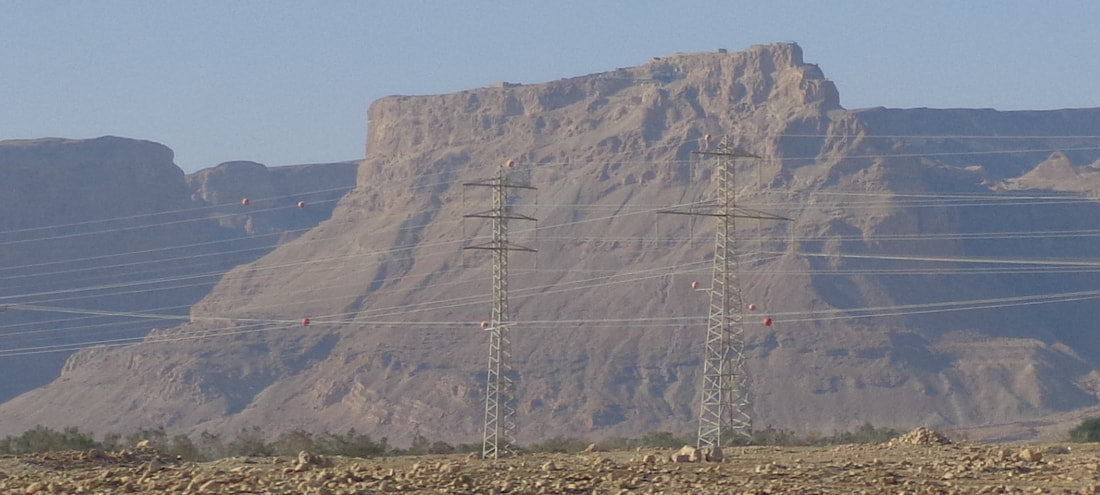
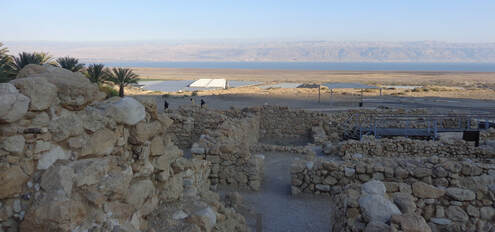

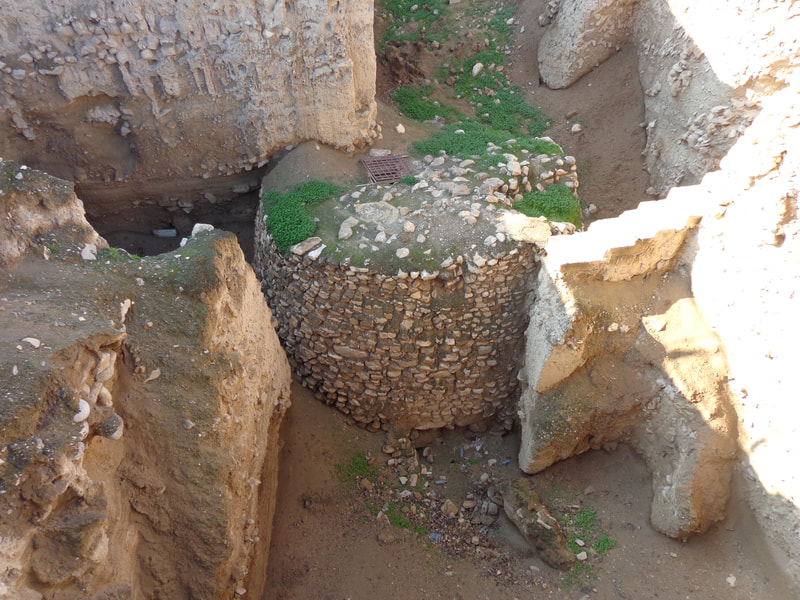
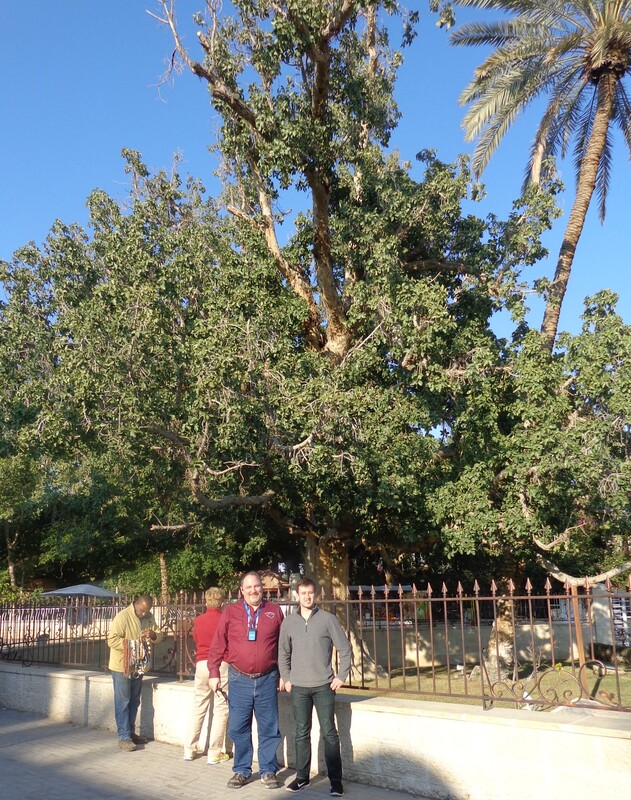
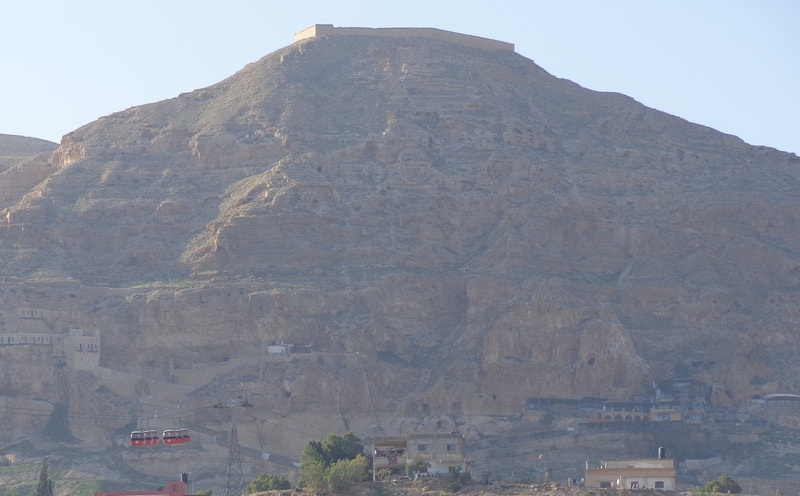
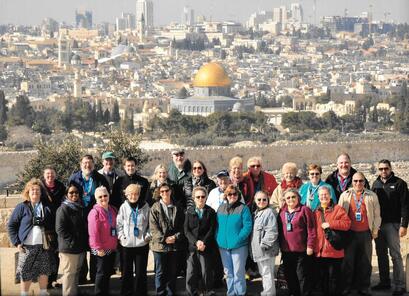
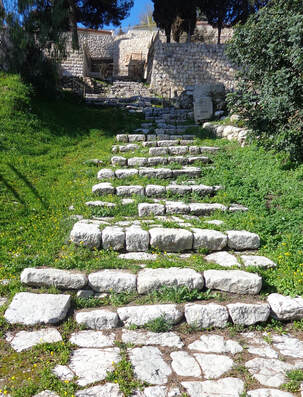
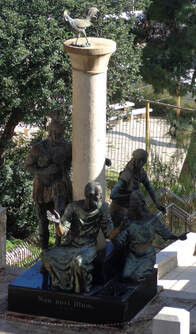
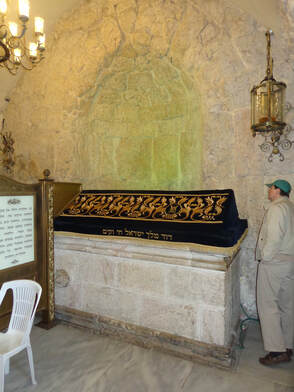

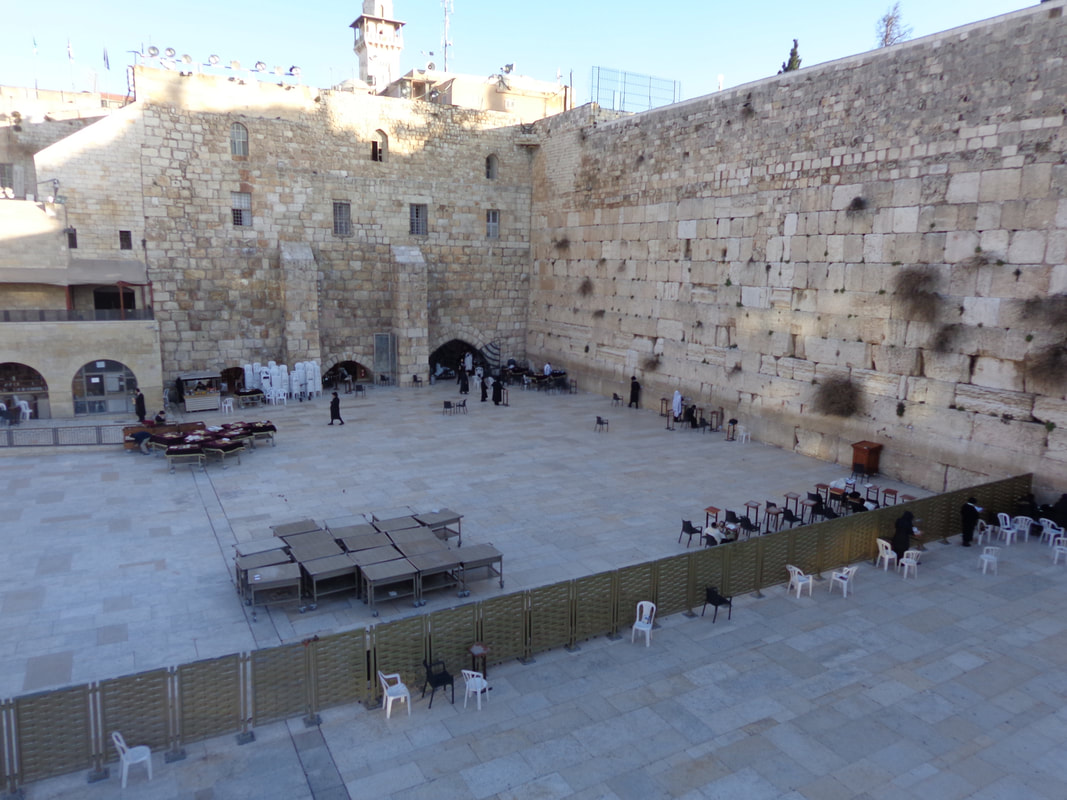
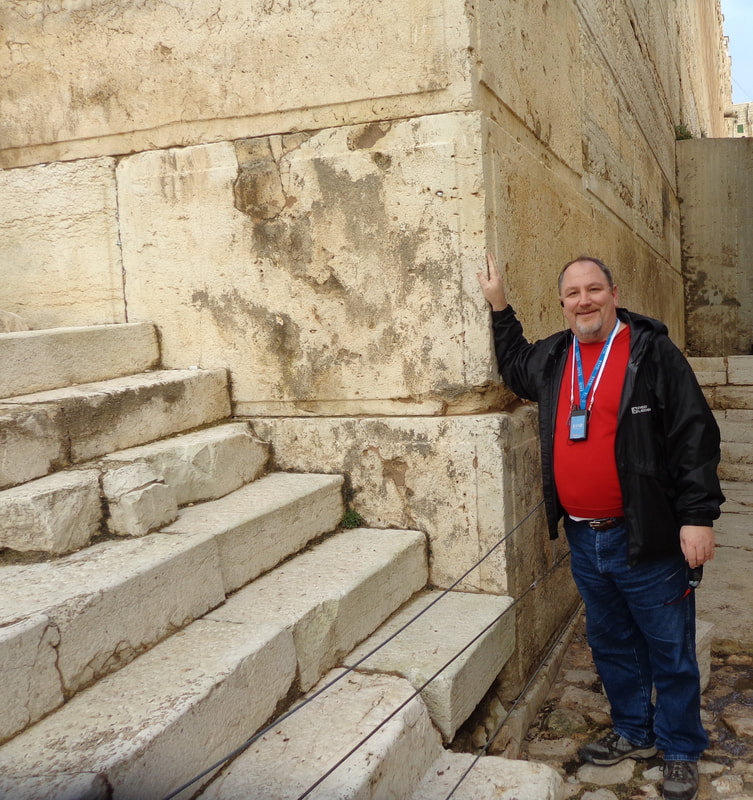
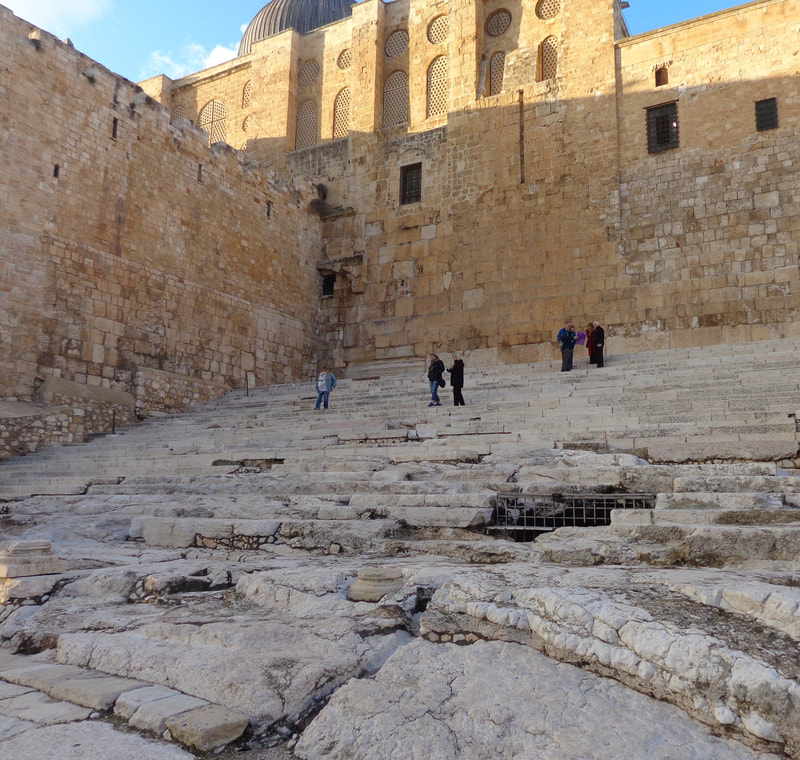
 RSS Feed
RSS Feed